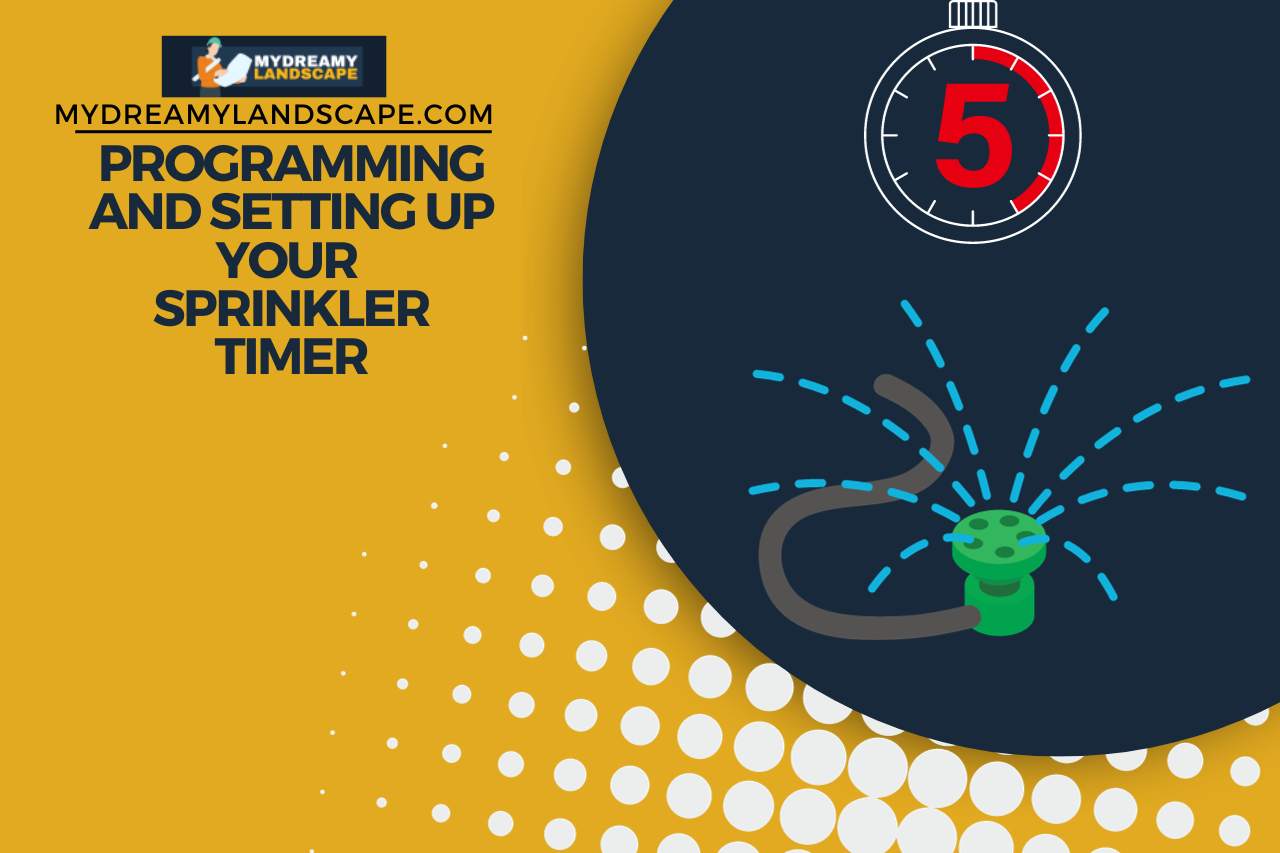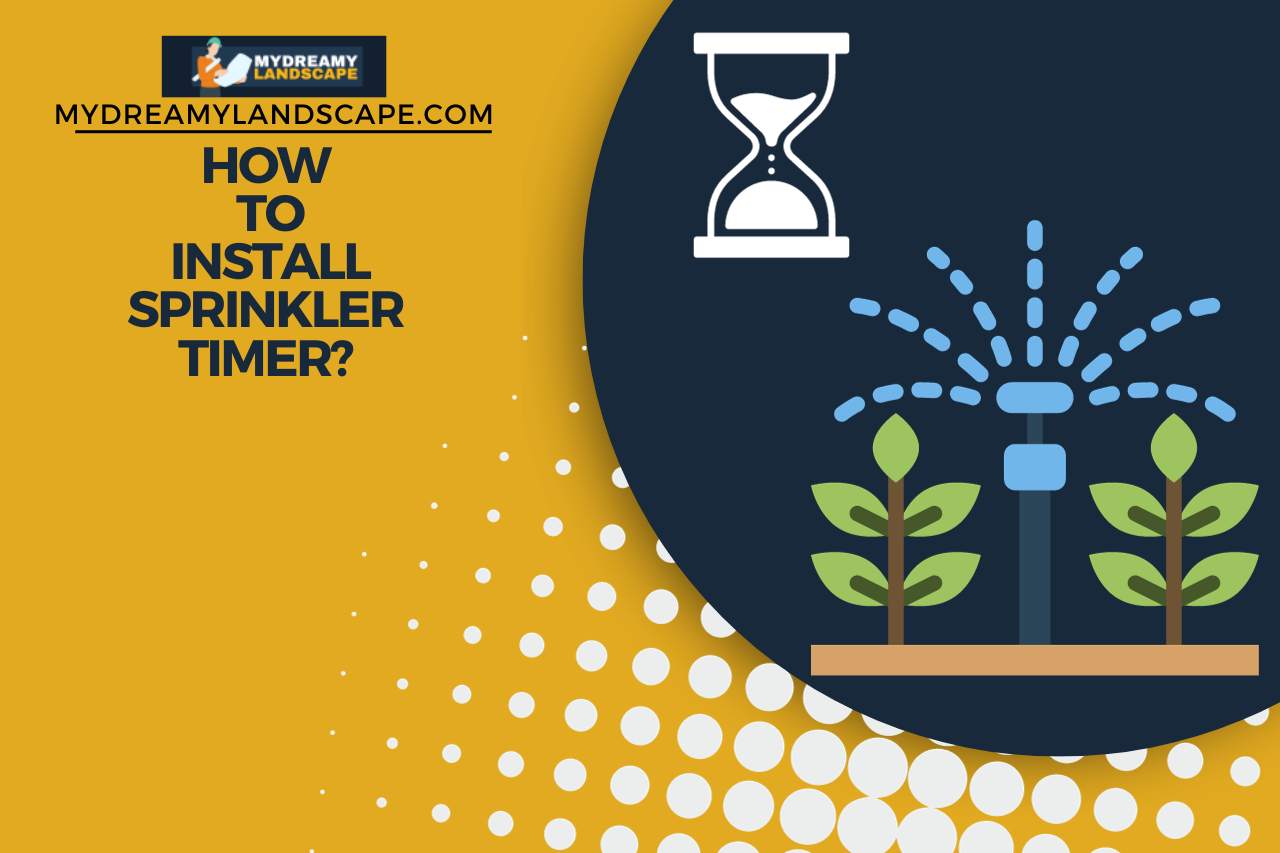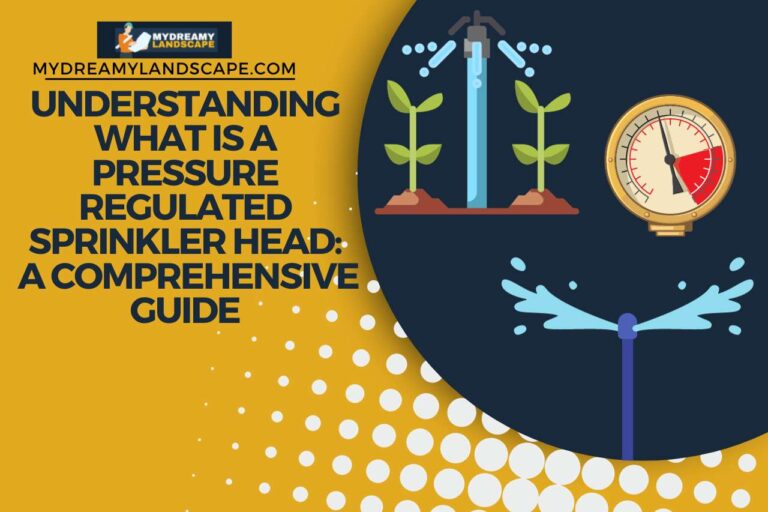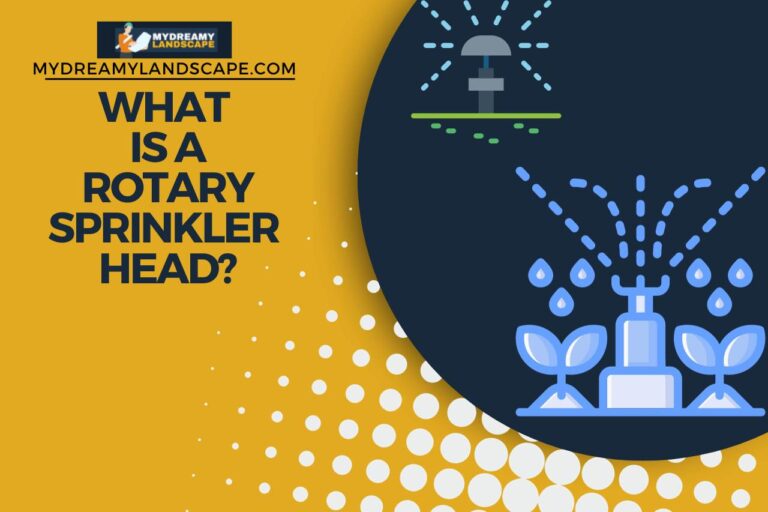How to Install Sprinkler Timer? (Beginner Step-by-Step Guide)
Today our piece is all about How to Install a Sprinkler Timer. We offer a step-by-step approach to integrating this essential tool into your garden. We kick off with the fundamentals of sprinkler timer installation, providing a clear, actionable roadmap that includes selecting the ideal location, and ensuring convenience and effectiveness. Stay with us till the end!
How to Install a Sprinkler Timer?
Here’s our step-by-step guide on how to install a sprinkler timer:
1st Step – Choose the Right Location
We recommend you install the timer in a location that’s easily accessible and close to both the water source and power supply. Outdoor timers should be placed in a weather-protected area to be on the safer side of things.
2nd Step – Turn Off the Water Supply
Before starting, ensure that the water supply to the irrigation system is shut off to avoid any accidents.
3rd Step – Mount the Timer
Secure the timer to the wall or a stable surface using screws or mounting brackets provided with the timer.
4th Step – Connect to the Water Source
Then, attach the water inlet of the timer to the main water line. Use Teflon tape on the threads to ensure a watertight seal.
5th Step – Wire the Solenoid Valves
Now, connect the timer to the solenoid valves of the irrigation system. Follow the manufacturer’s wiring diagram for the proper connections.
6th Step – Power Up
For digital and smart timers, connect them to a power source. This might be a battery or a power adapter plugged into an electrical outlet.
7h Step – Set the Time and Program
Once everything is connected, set the current time on the timer. Program the watering schedule according to the garden’s needs, considering factors such as zone, duration, and frequency.
8th Step – Test the System
Finally, run a test cycle to ensure that the timer is functioning correctly and all the zones are being watered as programmed. If you find anything unclear, use the comment section below to reach us.
How to Choose the Right Location for Your Sprinkler Timer?
Selecting the right location for a sprinkler timer is crucial for functionality and ease of use. Please go through the below factors before you decide on the location.
Proximity to the Water Source
Install the timer close to the main water line or hose bib. This minimizes the need for extensive plumbing work and ensures easy access for maintenance.
Accessibility
Choose a location that is easily accessible for programming and adjustments. Avoid areas that are hard to reach or require moving obstacles to access the timer.
Protection from Elements
If the timer is not weatherproof, place it in a sheltered location, such as under a patio cover or inside a garage, to protect it from rain, direct sunlight, and extreme temperatures.
Electrical Outlet Access
For electric timers, ensure a nearby electrical outlet. If using a battery-powered timer, consider the ease of battery replacement when choosing the location.
Visibility
A visible location can be helpful for monitoring the timer’s status and for quick troubleshooting.
Wi-Fi Connectivity
If you are going with a smart timer, ensure the chosen location is within the Wi-Fi network’s range for optimal connectivity. We have seen people mingle with loads of unwanted issues without a proper internet connection.
Safety Considerations
Avoid installing the sprinkler timer in areas prone to water accumulation or in any position that could be a tripping hazard.

How to Set Up a Sprinkler Timer?
Programming and setting up a sprinkler timer should be an important step to ensure the garden receives the right amount of water at the right times. Although the set-up can vary depending on the timer you have, these are general steps that one should follow to when setting up a sprinkler timer.
Read the Manual
Before starting, read the manufacturer’s instructions specific to the model for any unique programming steps or features.
Set the Current Time and Date
Begin by setting the current time and date on the timer. This should be the foundation for all programming.
Program Watering Zones
If the system has multiple zones, program each one separately. Assign specific days and times for each zone, considering the water needs of different areas within the garden.
Determine Watering Duration
Decide how long each zone needs to be watered. This depends on factors such as plant types, soil condition, and climate.
Set Watering Frequency
Schedule how often each zone should be watered – daily, every other day, or specific days of the week.
Special Features
Utilize any special features from the timer, such as a rain delay, seasonal adjustment, or cycle and soak for different watering needs.
Test the Program
After programming, run a test cycle to ensure that each zone is being watered according to the settings.
Make Adjustments as Needed
After observing a few cycles, adjust the duration and frequency as necessary for optimal watering.
You May Also Like
- The Oscillating Sprinkler Stopped Moving – Keep It Oscillating!
- How to Find Buried Sprinkler Heads? Unearthing Your Lawn’s Hidden Assets
- How To Raise The Sprinkler Head? Elevate Your Lawn Care
- Sprinkler Head Not Rotating – (Causes and Solutions)
- Why does My Sprinkler Head Leak? Decoding the Mystery!
- Oscillating vs Rotary Sprinklers – Which Sprinkler is Right for You?
- Why is My Impact Sprinkler Rotating Slowly? Sluggish Sprinkler Solutions!
- How Do you Adjust Impact Sprinkler Rotation? Troubleshooting & Adjustment Tips!
- How Much Water does an Oscillating Sprinkler Use Per Minute? Eco-Friendly Lawn Care
- Can you Connect Two Oscillating Sprinklers Together? Mastering Multi-Sprinkler Setup!
- How Do you Control an Oscillating Sprinkler? (Step-by-Step Guide)






